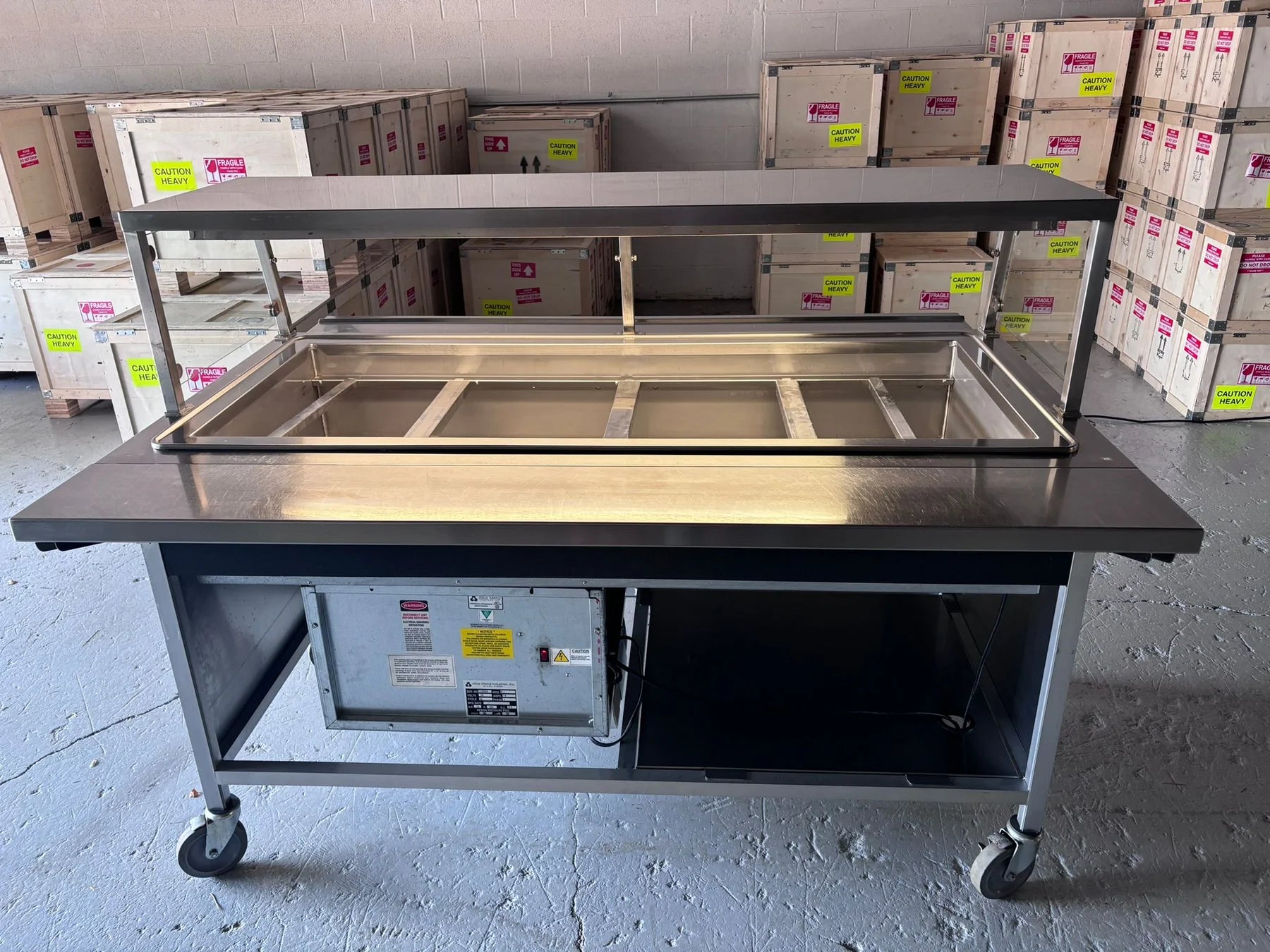How Does Altitude Affect Coffee Taste?
Altitude is one of the most significant factors influencing the taste and quality of coffee beans. The elevation at which coffee is grown impacts the microclimate, plant physiology, and ultimately, the chemical composition of the beans. Higher altitudes are generally associated with better-quality coffee beans, characterized by more complex flavors, higher acidity, and distinct taste profiles. This article explores how altitude affects the taste of coffee, including the scientific reasons behind these changes, and the key flavor differences seen in coffees grown at varying altitudes.
1. The Relationship Between Altitude and Coffee Growth
Altitude affects several key environmental conditions that are crucial to coffee cultivation, including temperature, sunlight exposure, precipitation patterns, and atmospheric pressure. These factors, in turn, influence the rate at which coffee cherries mature, the chemical composition of the beans, and the resulting flavors.
a. Temperature and Bean Development
At higher altitudes, temperatures are generally cooler, which slows the growth and maturation of coffee cherries. Cooler temperatures allow the beans to develop more slowly, leading to a longer ripening process. This slow maturation is beneficial because it allows the coffee cherries to accumulate more sugars, organic acids, and other flavor-enhancing compounds over time.
In contrast, at lower altitudes where temperatures are warmer, coffee cherries ripen more quickly. This faster maturation can result in less developed flavors, as the beans have less time to accumulate sugars and acids. As a result, coffee grown at lower altitudes tends to have a simpler taste profile with less acidity and fewer complex flavor notes.
b. Air Pressure and Bean Density
Altitude also affects atmospheric pressure, which decreases as elevation increases. The lower air pressure at high altitudes contributes to the formation of denser coffee beans. Denser beans typically have a higher concentration of flavor compounds, leading to more intense and nuanced flavor profiles. Additionally, dense beans tend to roast more evenly, which can further enhance the complexity of the flavors during brewing.
Lower-altitude coffee beans, which grow under higher air pressure, are often less dense and have a more porous structure. These beans may roast differently and tend to have a lighter body and less complexity in flavor.
c. Sunlight and Photosynthesis
Higher altitudes often provide more intense, yet less direct, sunlight due to the thinner atmosphere. This combination of bright light and cooler temperatures enhances photosynthesis efficiency, leading to increased production of sugars and flavor compounds in the coffee cherries. The increased sugar content contributes to the sweetness and balance in the final cup.
In lower-altitude regions, higher temperatures and direct sunlight can stress coffee plants, leading to faster ripening and a reduction in the accumulation of desirable flavor compounds. These conditions can result in beans with flatter, less vibrant flavor profiles.
2. Chemical Composition of High-Altitude Coffee Beans
The slower growth rate and environmental stress factors at higher altitudes lead to significant changes in the chemical composition of coffee beans. Some of the key compounds affected by altitude include:
a. Sugars and Acidity
Higher-altitude coffee beans generally have a higher concentration of sugars, particularly sucrose. These sugars play a crucial role in determining the sweetness and balance of the coffee. During roasting, sugars caramelize, contributing to the flavor complexity of the coffee. As a result, high-altitude coffees tend to exhibit more sweetness and balanced acidity.
Acidity, often referred to as "brightness" in coffee tasting, is also enhanced at higher altitudes. This is due to the increased accumulation of organic acids, such as citric acid, malic acid, and tartaric acid, in the beans. These acids contribute to the fruity, citrusy, or wine-like notes that are often associated with high-altitude coffees. In contrast, lower-altitude coffees tend to have lower acidity and a more muted, less dynamic taste.
b. Chlorogenic Acids
Chlorogenic acids (CGAs) are a group of antioxidant compounds that influence the bitterness and acidity of coffee. Higher altitudes promote the accumulation of CGAs in coffee beans, which can contribute to the brightness and complexity of the flavor profile. When roasted, CGAs break down into compounds that influence both the flavor and aroma of the coffee.
Coffee grown at lower altitudes typically contains lower levels of CGAs, resulting in a less complex cup with reduced acidity and brightness.
c. Lipids and Volatile Compounds
Lipids, particularly triglycerides, influence the mouthfeel and body of coffee. Higher-altitude coffee beans often contain higher levels of lipids, which contribute to a richer, creamier mouthfeel and more aromatic complexity. Volatile compounds, which are responsible for the aroma and flavor of coffee, are also more concentrated in denser, high-altitude beans. These volatile compounds, including esters, aldehydes, and ketones, contribute to the floral, fruity, and spicy aromas often found in high-quality coffees.
Lower-altitude coffees tend to have fewer volatile compounds, resulting in a simpler aroma and less pronounced flavor complexity.
3. Taste Profiles at Different Altitudes
a. High Altitude (1,200 meters and above)
- Flavor Profile: Coffees grown at high altitudes, typically above 1,200 meters, are known for their vibrant acidity, complex flavors, and clean finish. These coffees often feature bright, fruity, or floral notes, along with well-developed sweetness and balanced acidity.
- Body: The body of high-altitude coffee is usually light to medium, with a crisp, clean mouthfeel.
- Examples: Coffees from regions such as Ethiopia's Yirgacheffe, Colombia's Huila, and Kenya's highlands are often grown at these elevations and are prized for their floral, citrus, and berry-like flavors, with pronounced acidity.
b. Medium Altitude (800–1,200 meters)
- Flavor Profile: Coffees grown at medium altitudes typically have a more balanced flavor profile, with moderate acidity and sweetness. These coffees often exhibit chocolatey, nutty, or caramel notes, with less of the bright fruitiness found in higher-altitude coffees.
- Body: Medium-altitude coffees tend to have a fuller body and a slightly softer mouthfeel compared to high-altitude varieties.
- Examples: Coffees from regions like Brazil and Central America (Honduras, El Salvador) often grow at these altitudes and exhibit flavors of cocoa, nuts, and mild fruitiness, with a balanced but less prominent acidity.
c. Low Altitude (Below 800 meters)
- Flavor Profile: Coffees grown at low altitudes are generally simpler in flavor, with muted acidity and a heavier body. These coffees are often characterized by earthy, woody, or nutty flavors, and may lack the complexity and brightness of higher-altitude coffees.
- Body: Low-altitude coffees tend to have a heavier body, with a more syrupy or dense mouthfeel.
- Examples: Coffees grown in lower-altitude regions of Brazil and Vietnam often exhibit earthy, nutty, or chocolatey flavors, with low acidity and a fuller body. These coffees are typically used for blending or commercial-grade coffee rather than specialty coffee.
4. Altitude and Regional Coffee Characteristics
The effect of altitude on coffee quality is closely tied to specific regions where coffee is grown. Different coffee-producing countries and regions are known for their distinct altitude ranges and the unique flavor profiles that result from these growing conditions.
-
Ethiopia: Ethiopian coffees, particularly from regions like Sidamo and Yirgacheffe, are often grown at altitudes above 1,800 meters. These high-altitude coffees are renowned for their floral and citrusy flavors, with bright acidity and light body.
-
Colombia: Coffee from Colombia is typically grown at altitudes ranging from 1,200 to 2,000 meters. Colombian coffee is known for its balanced flavor profile, medium body, and caramel sweetness, often accompanied by fruity or chocolatey notes.
-
Brazil: Brazil is one of the largest coffee producers in the world, but much of its coffee is grown at lower altitudes (400 to 1,200 meters). Brazilian coffee is often characterized by nutty, chocolatey flavors, with lower acidity and a fuller body.
-
Kenya: Kenyan coffee is grown at altitudes between 1,500 and 2,100 meters, resulting in highly prized coffees with bright acidity, fruity flavors (such as blackcurrant and berry), and a clean, crisp finish.
Conclusion
Altitude is a crucial factor in determining the taste and quality of coffee. Higher altitudes generally promote slower bean development, leading to denser beans with more complex flavors, higher acidity, and pronounced sweetness. In contrast, lower-altitude coffees tend to have simpler flavor profiles, with less acidity and heavier body. The interaction between altitude, climate, and soil conditions contributes to the unique flavor profiles of coffees from different regions, making altitude one of the most important variables in specialty coffee production. Understanding the impact of altitude on coffee taste helps both producers and consumers appreciate the diverse and nuanced flavors that can be achieved through careful cultivation and processing.

















